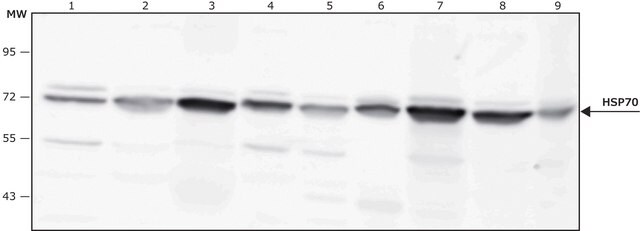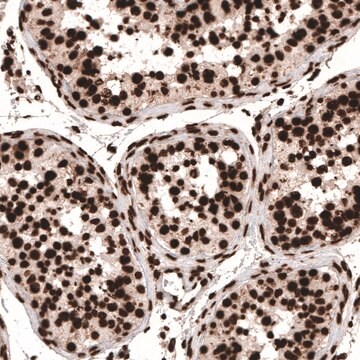MABN1802
Anti-pan-PMCA Antibody, clone 5F10
clone 5F10, from mouse
Sinónimos:
Plasma membrane calcium-transporting ATPase, Plasma membrane calcium pump
About This Item
Productos recomendados
biological source
mouse
Quality Level
antibody form
purified immunoglobulin
antibody product type
primary antibodies
clone
5F10, monoclonal
species reactivity
chicken, rat, human
packaging
antibody small pack of 25 μg
technique(s)
ELISA: suitable
immunocytochemistry: suitable
immunohistochemistry: suitable (paraffin)
immunoprecipitation (IP): suitable
western blot: suitable
isotype
IgG2aκ
NCBI accession no.
shipped in
ambient
target post-translational modification
unmodified
Gene Information
human ... ATP2B1(490) , ATP2B3(492) , ATP2B4(493)
General description
Specificity
Immunogen
Application
Immunocytochemistry Analysis: A representative lot detected pan-PMCA in Immunocytochemistry applications (Paszty, K., et. al. (2005). Biochem J. 391(Pt 3):687-92; DeMarco, S.J., et. al. (2002) J Biol Chem. 277(12):10506-11).
Immunoprecipitation Analysis: A representative lot immunoprecipitated pan-PMCA in Immunoprecipitation applications (DeMarco, S.J., et. al. (2002) J Biol Chem. 277(12):10506-11).
Western Blotting Analysis: A representative lot detected pan-PMCA in Western Blotting applications (Paszty, K., et. al. (2005). Biochem J. 391(Pt 3):687-92; Caride, A.J., et. al. (1996). Biochem J. 316 ( Pt 1):353-9).
ELISA Analysis: A representative lot detected pan-PMCA in ELISA applications (Caride, A.J., et. al. (1996). Biochem J. 316 ( Pt 1):353-9).
Neuroscience
Quality
Immunohistochemistry Analysis: A 1:250 dilution of this antibody detected pan-PMCA in human cerebral cortex tissue sections.
Target description
Physical form
Storage and Stability
Other Notes
Disclaimer
Not finding the right product?
Try our Herramienta de selección de productos.
Storage Class
12 - Non Combustible Liquids
wgk_germany
WGK 1
flash_point_f
does not flash
flash_point_c
does not flash
Certificados de análisis (COA)
Busque Certificados de análisis (COA) introduciendo el número de lote del producto. Los números de lote se encuentran en la etiqueta del producto después de las palabras «Lot» o «Batch»
¿Ya tiene este producto?
Encuentre la documentación para los productos que ha comprado recientemente en la Biblioteca de documentos.
Nuestro equipo de científicos tiene experiencia en todas las áreas de investigación: Ciencias de la vida, Ciencia de los materiales, Síntesis química, Cromatografía, Analítica y muchas otras.
Póngase en contacto con el Servicio técnico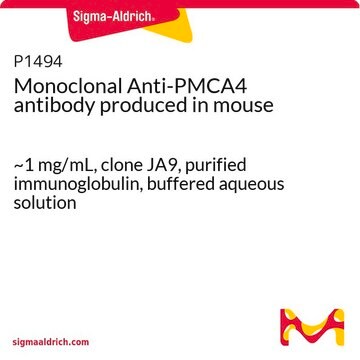


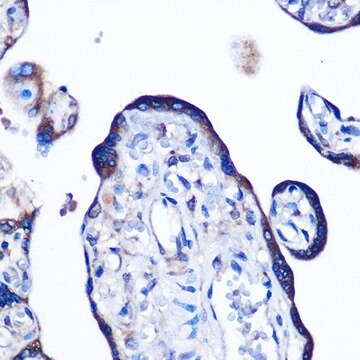
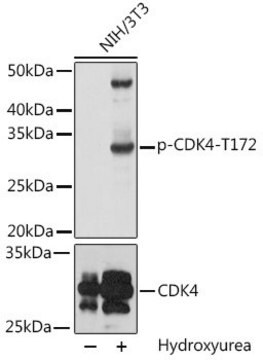
![1,4-Diazabicyclo[2.2.2]octane ReagentPlus®, ≥99%](/deepweb/assets/sigmaaldrich/product/structures/366/129/a6ff4175-974d-4fac-9038-b35e508ef252/640/a6ff4175-974d-4fac-9038-b35e508ef252.png)


